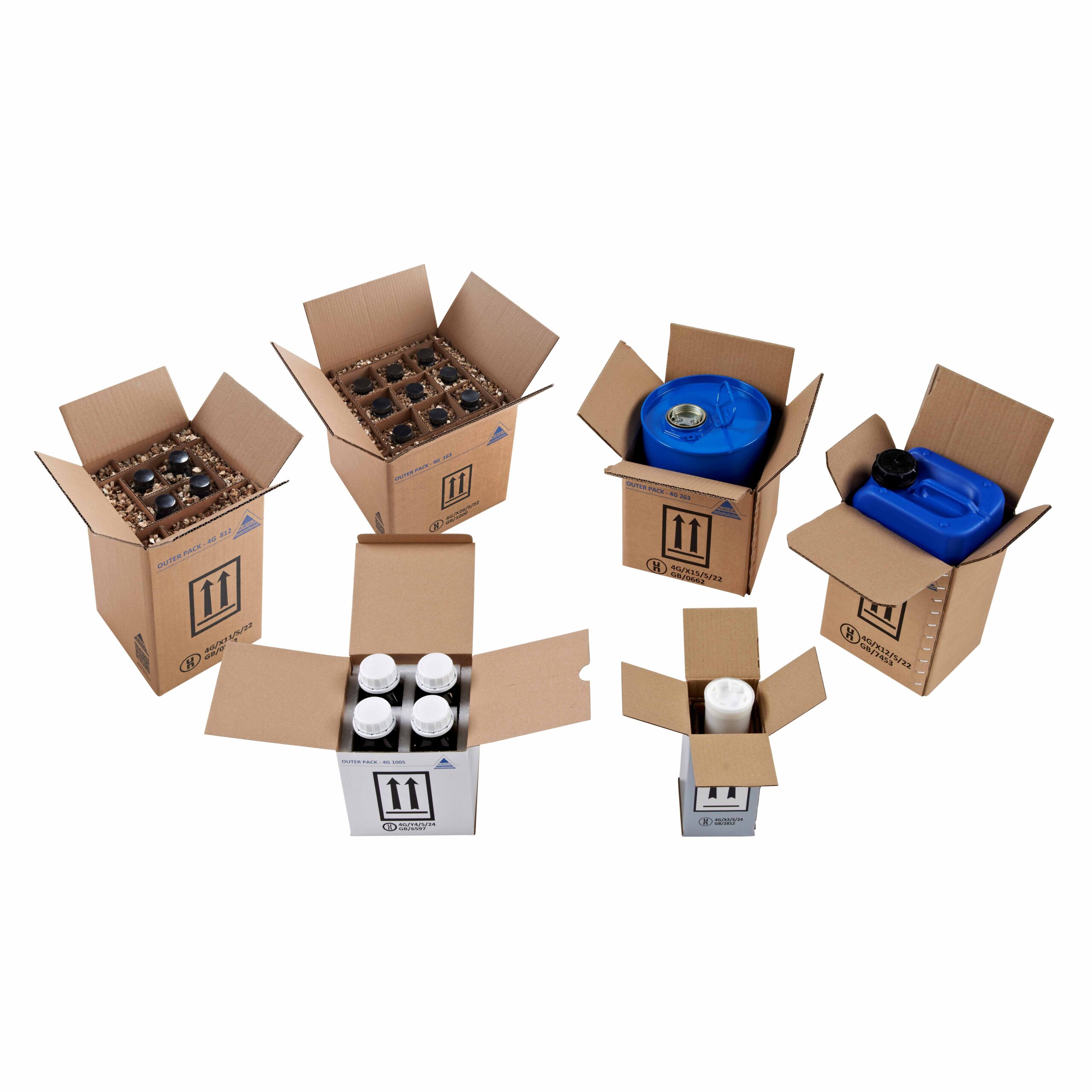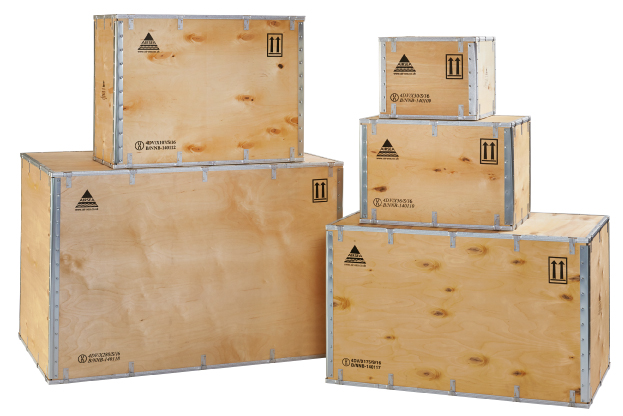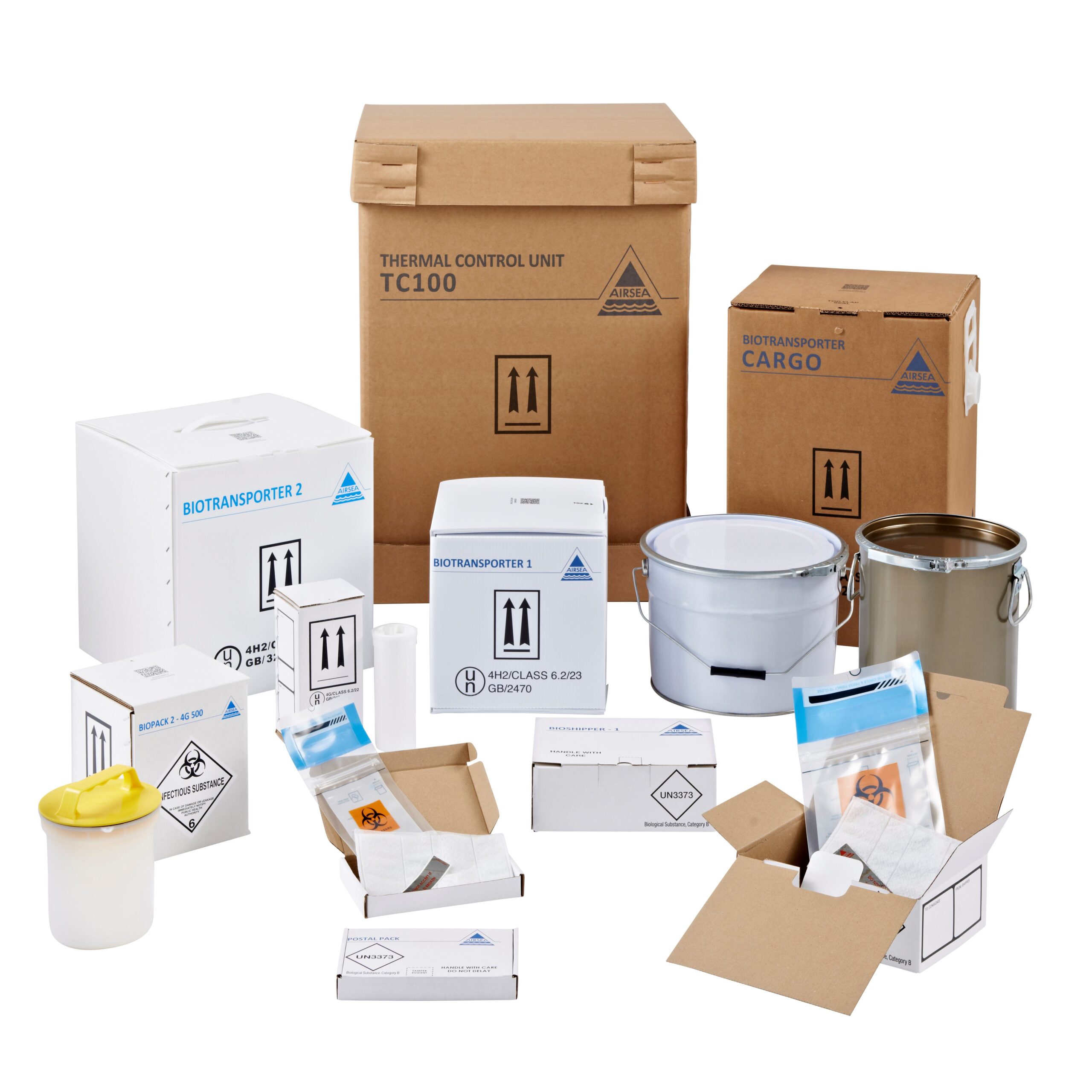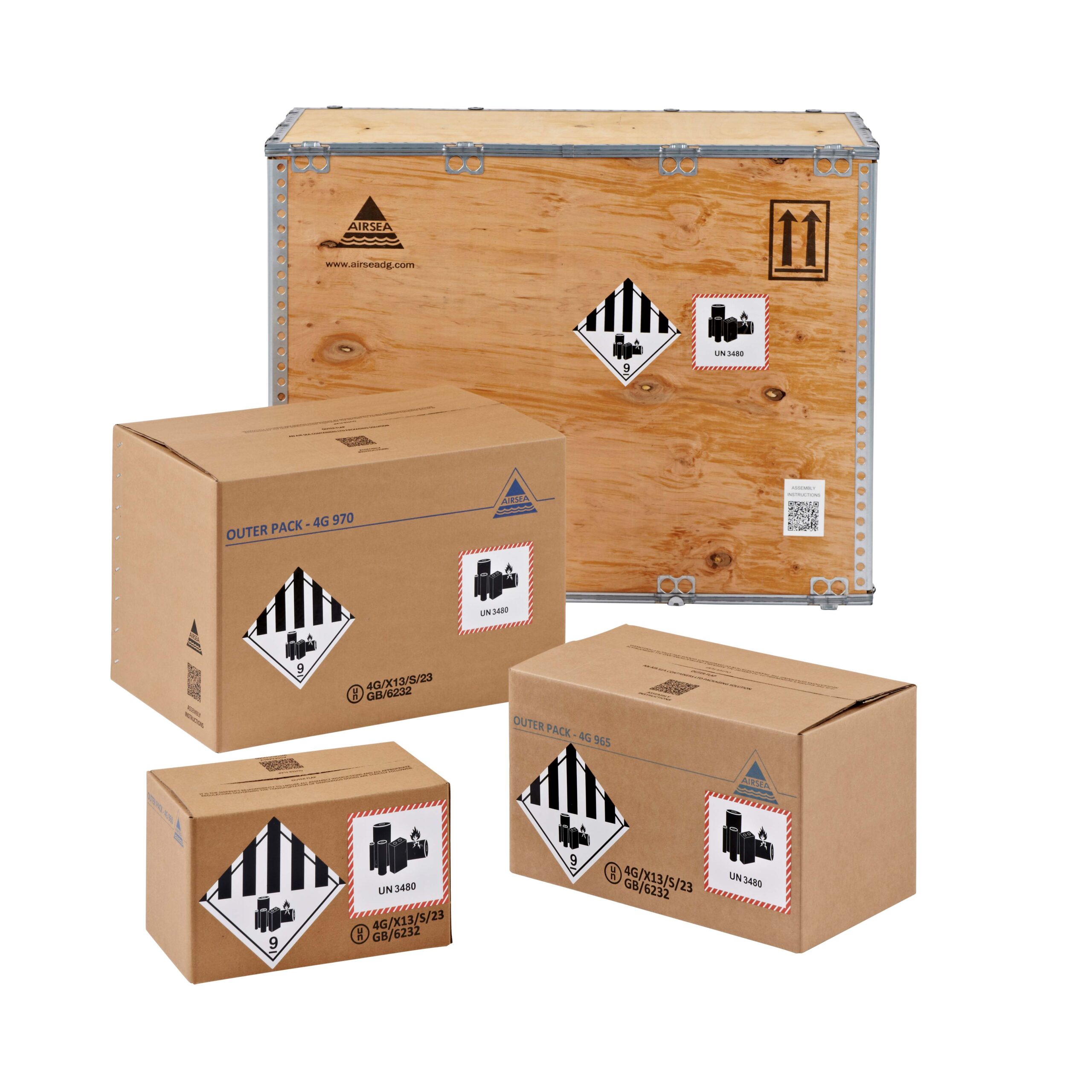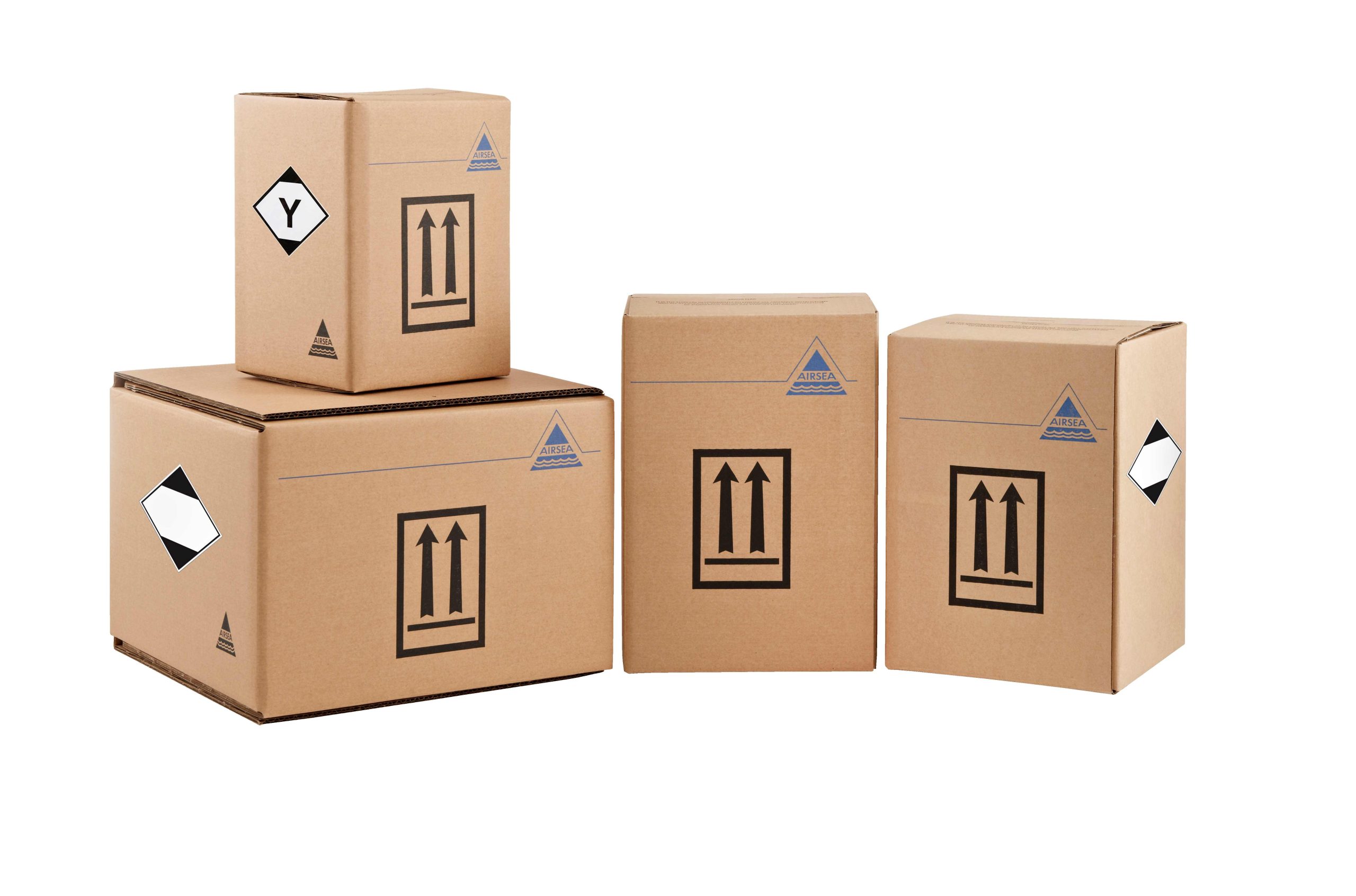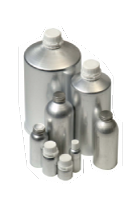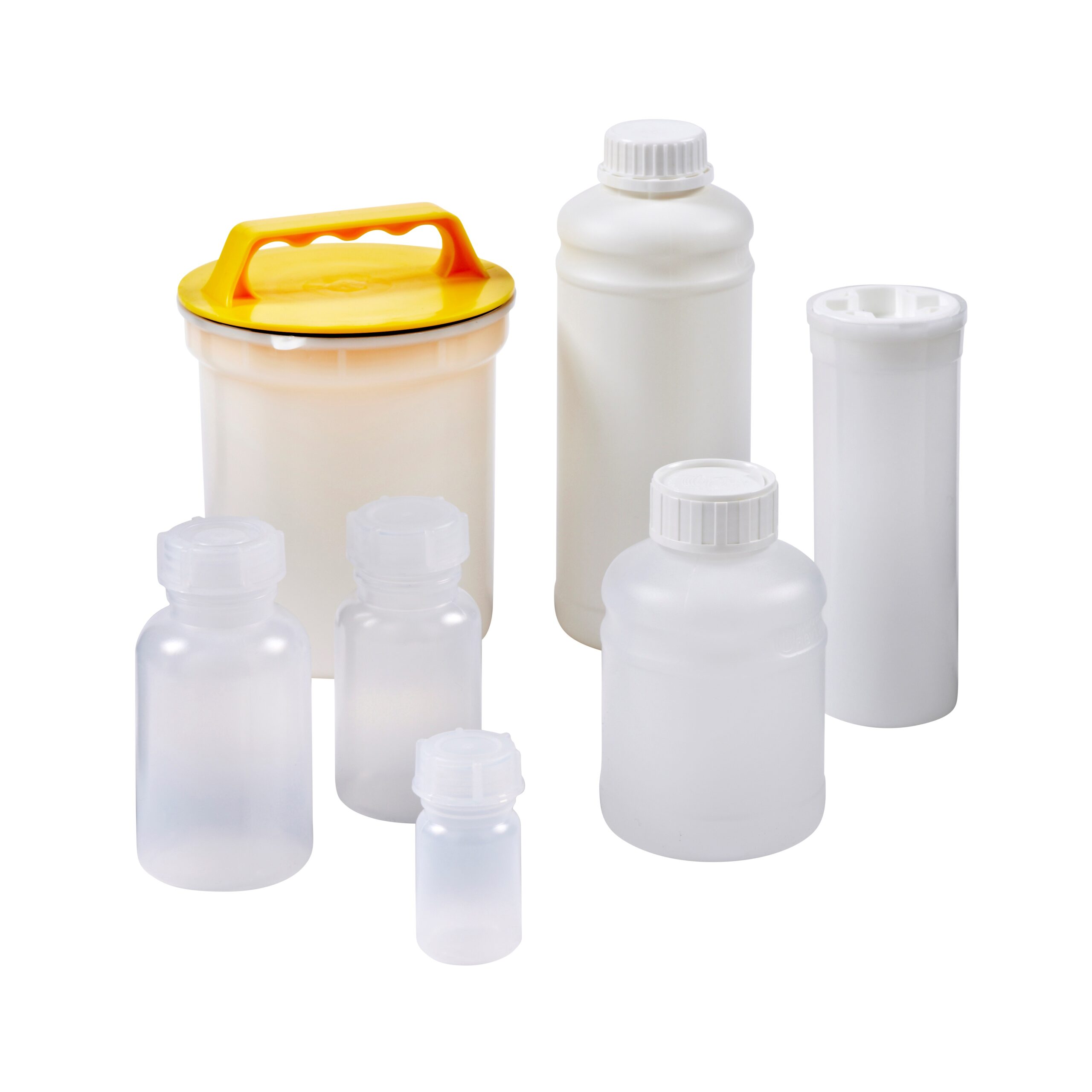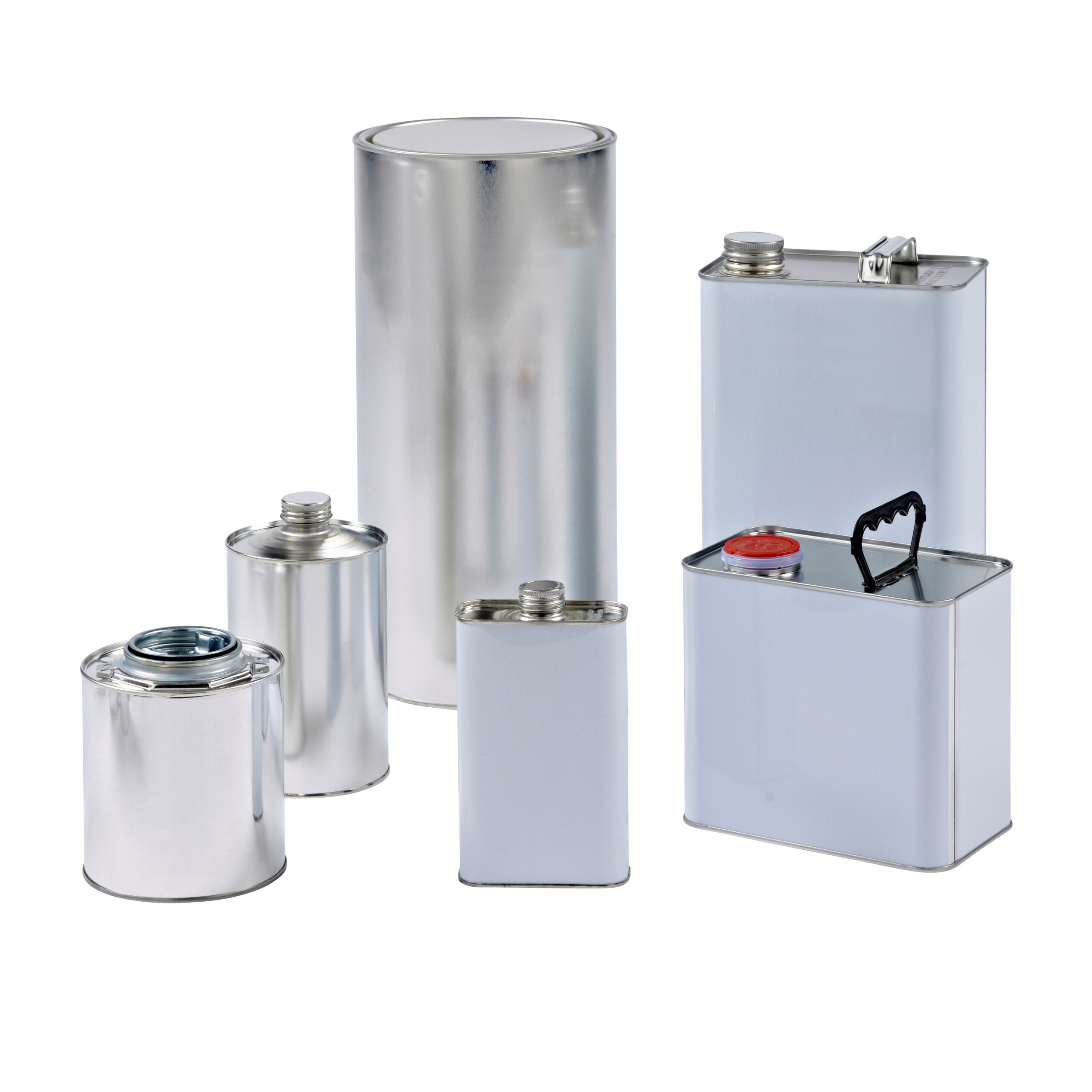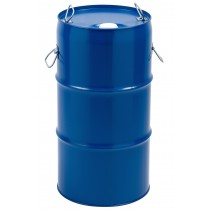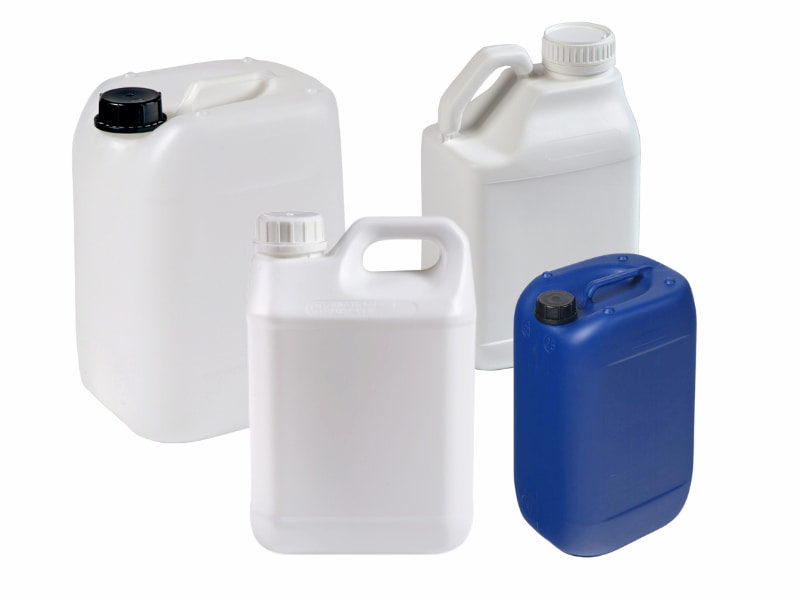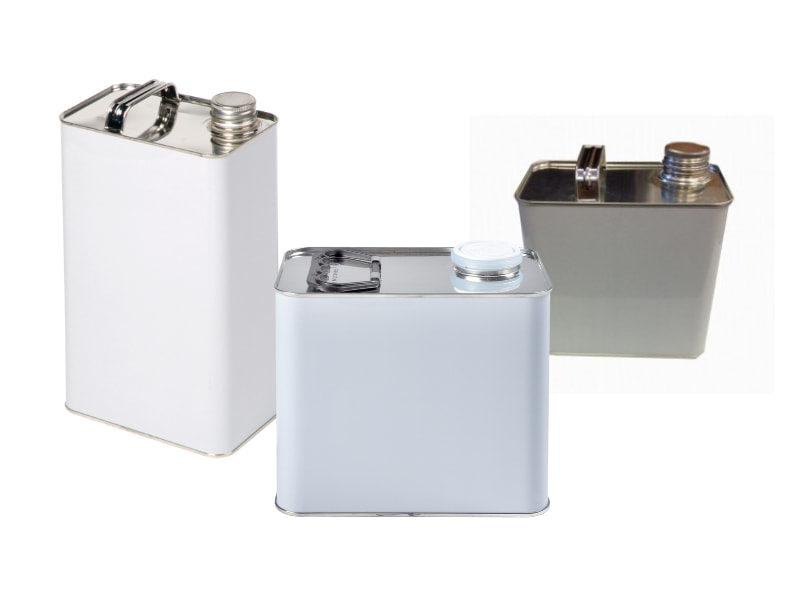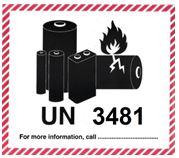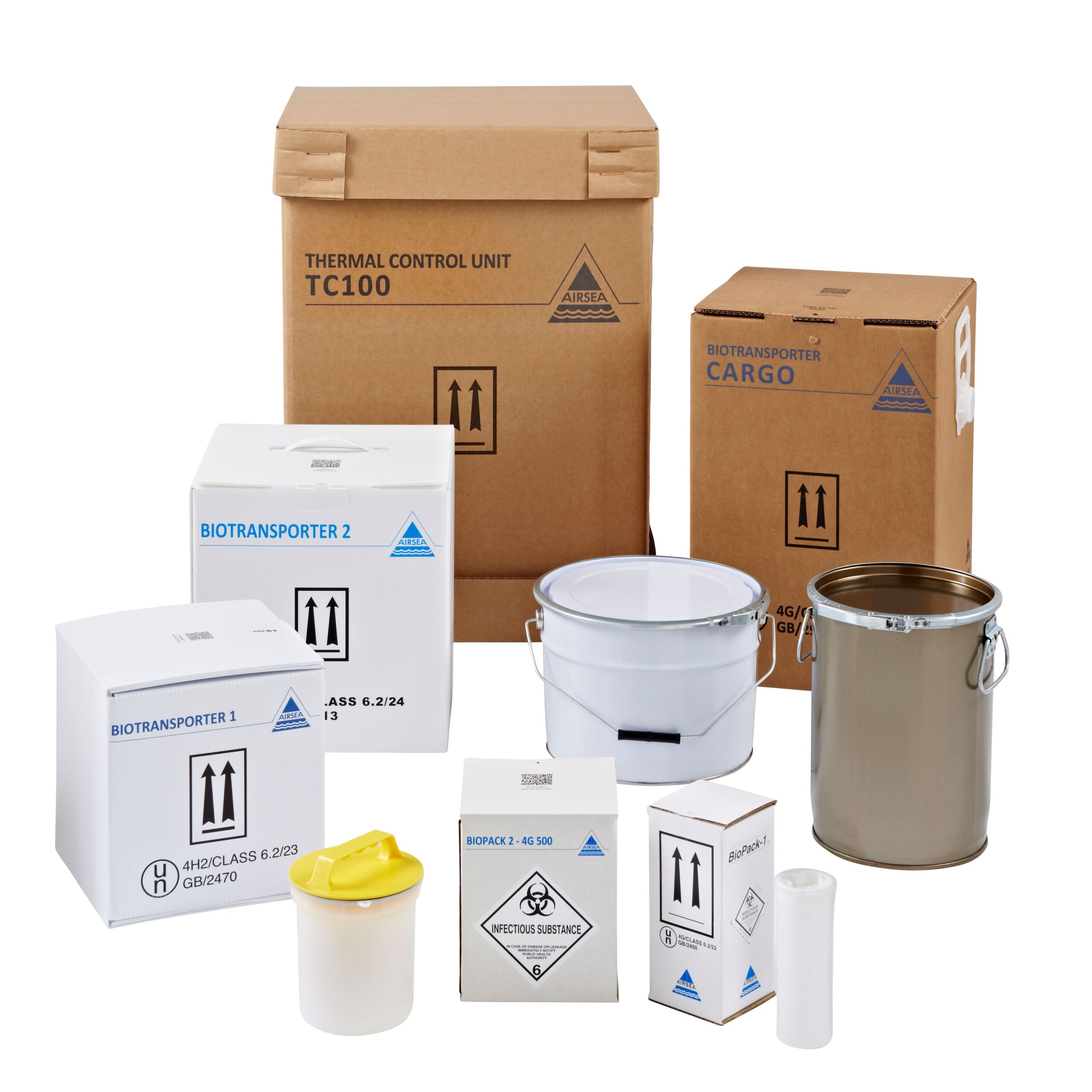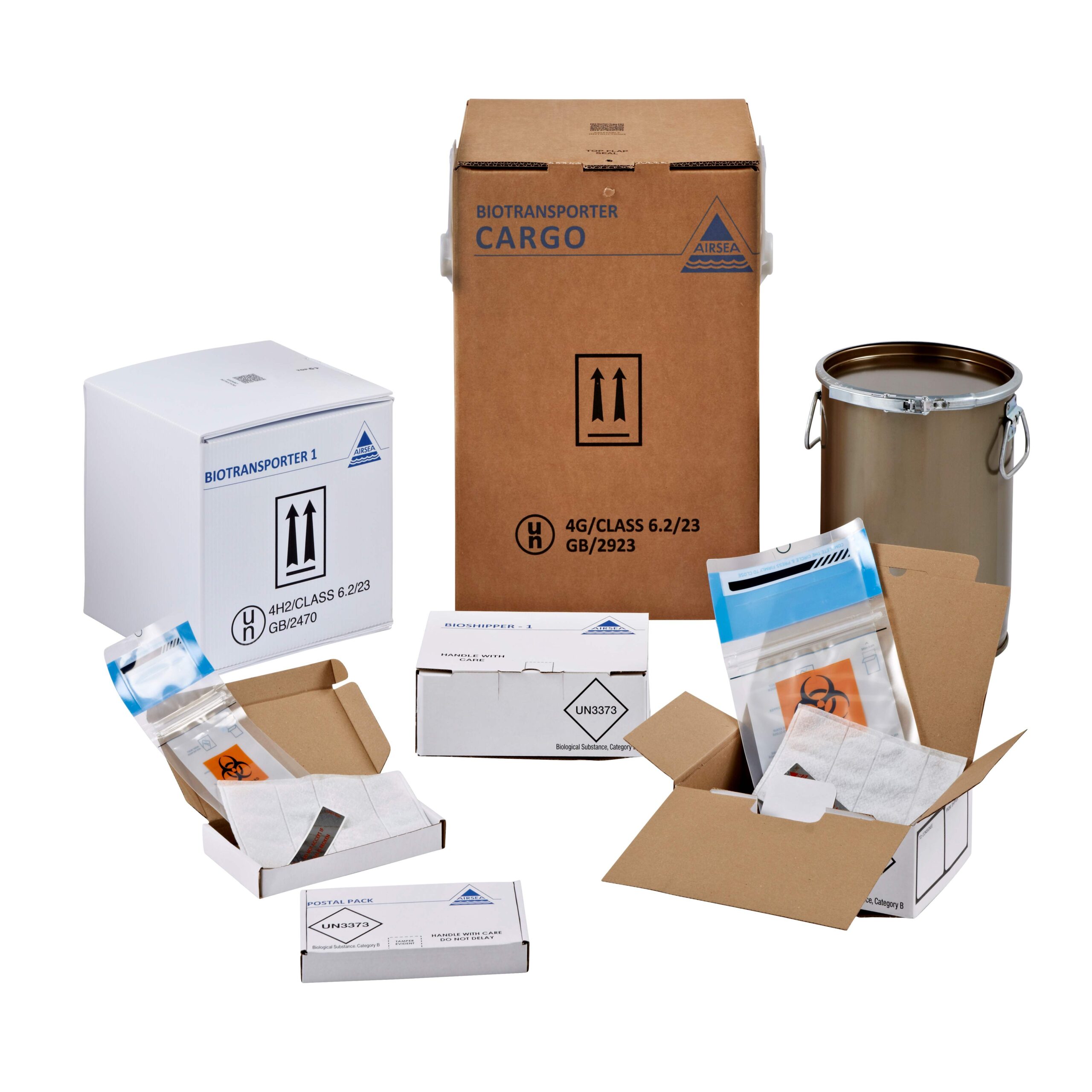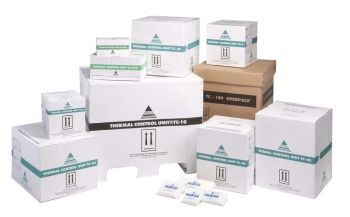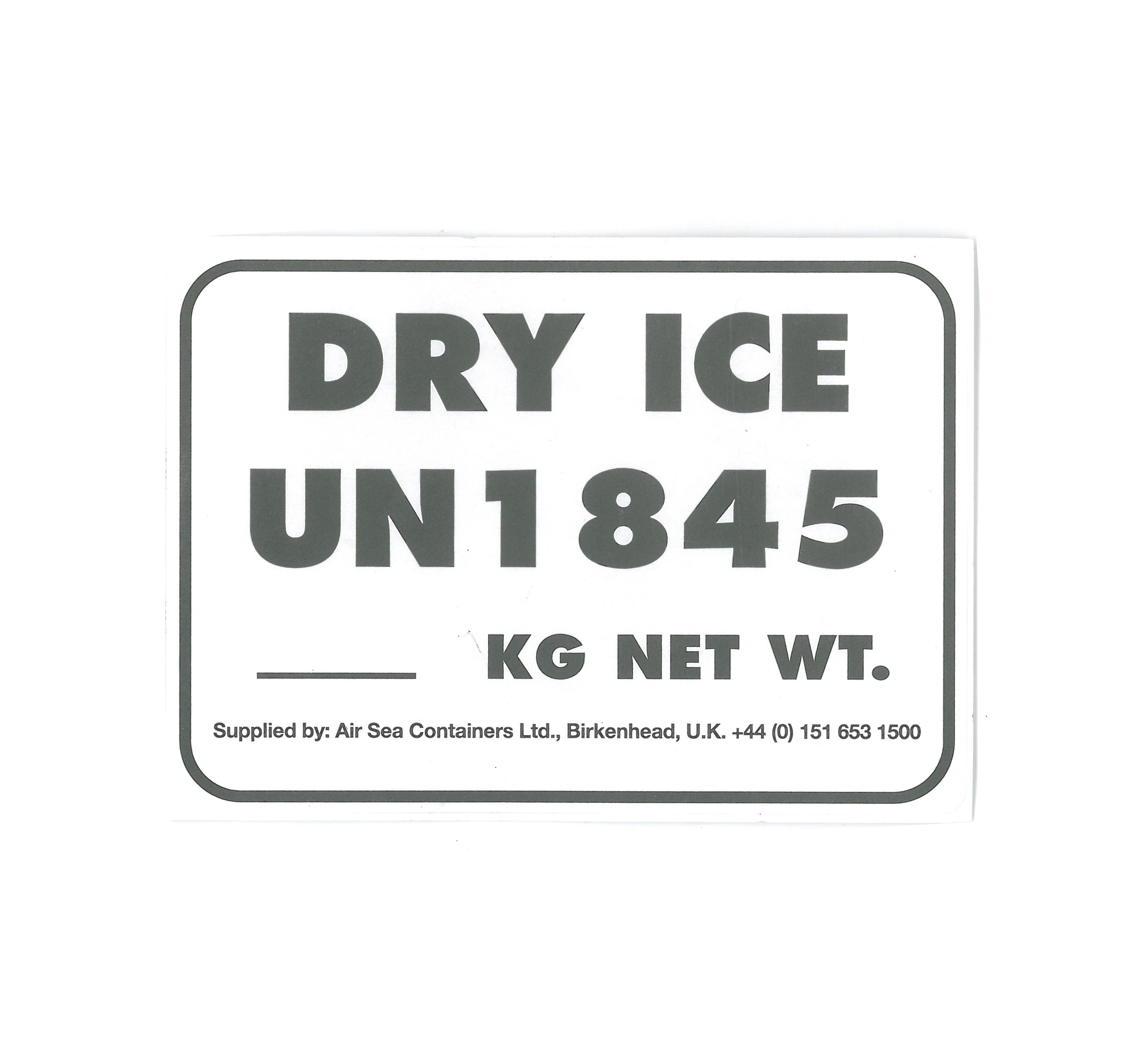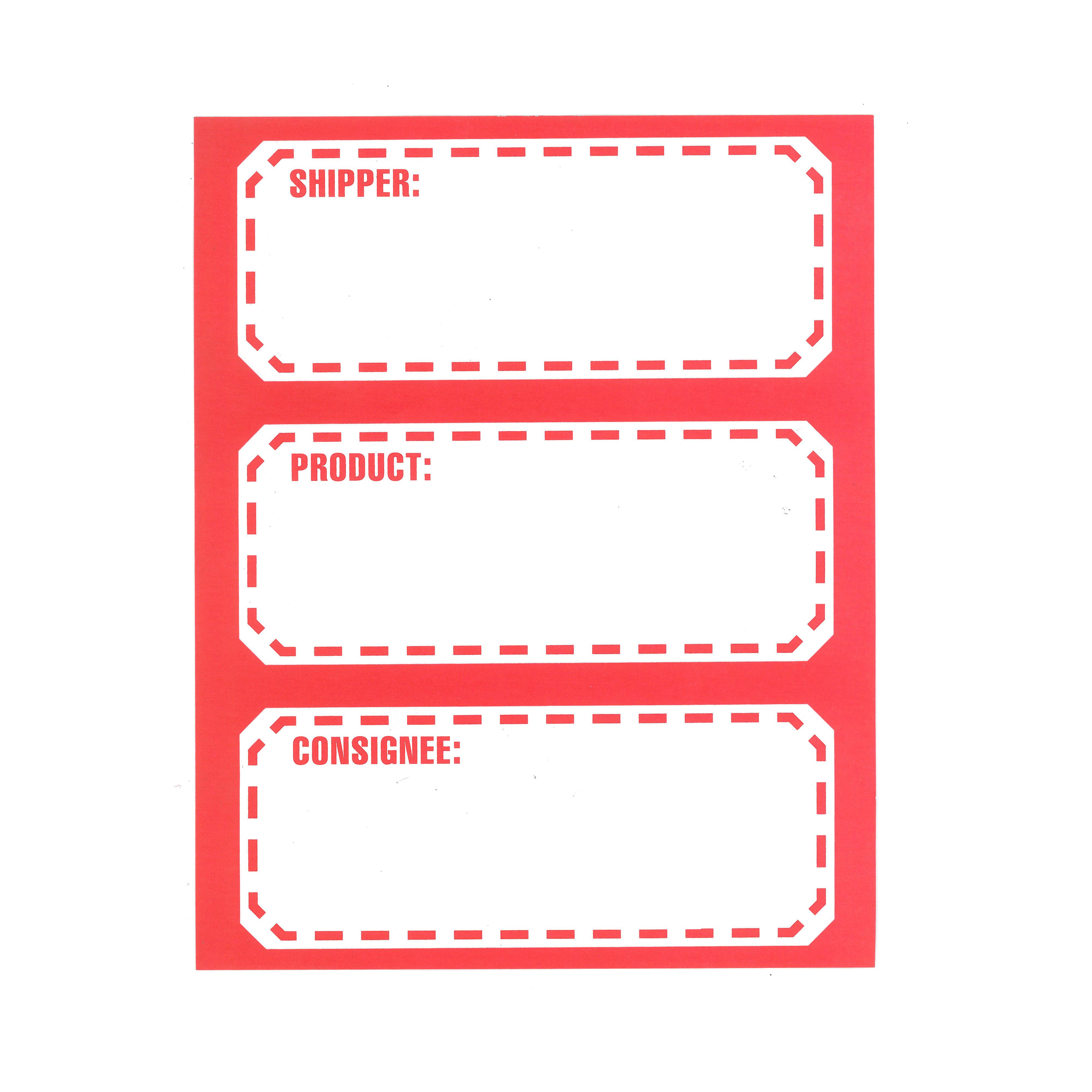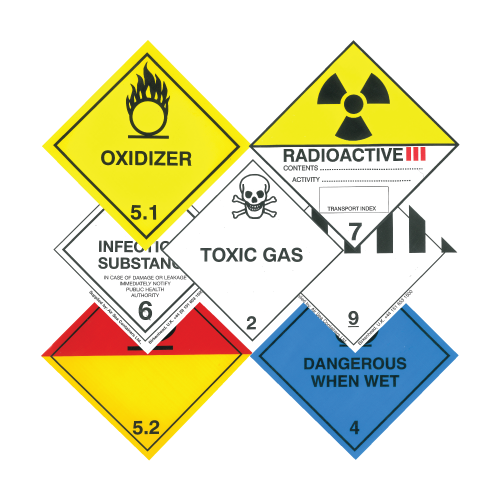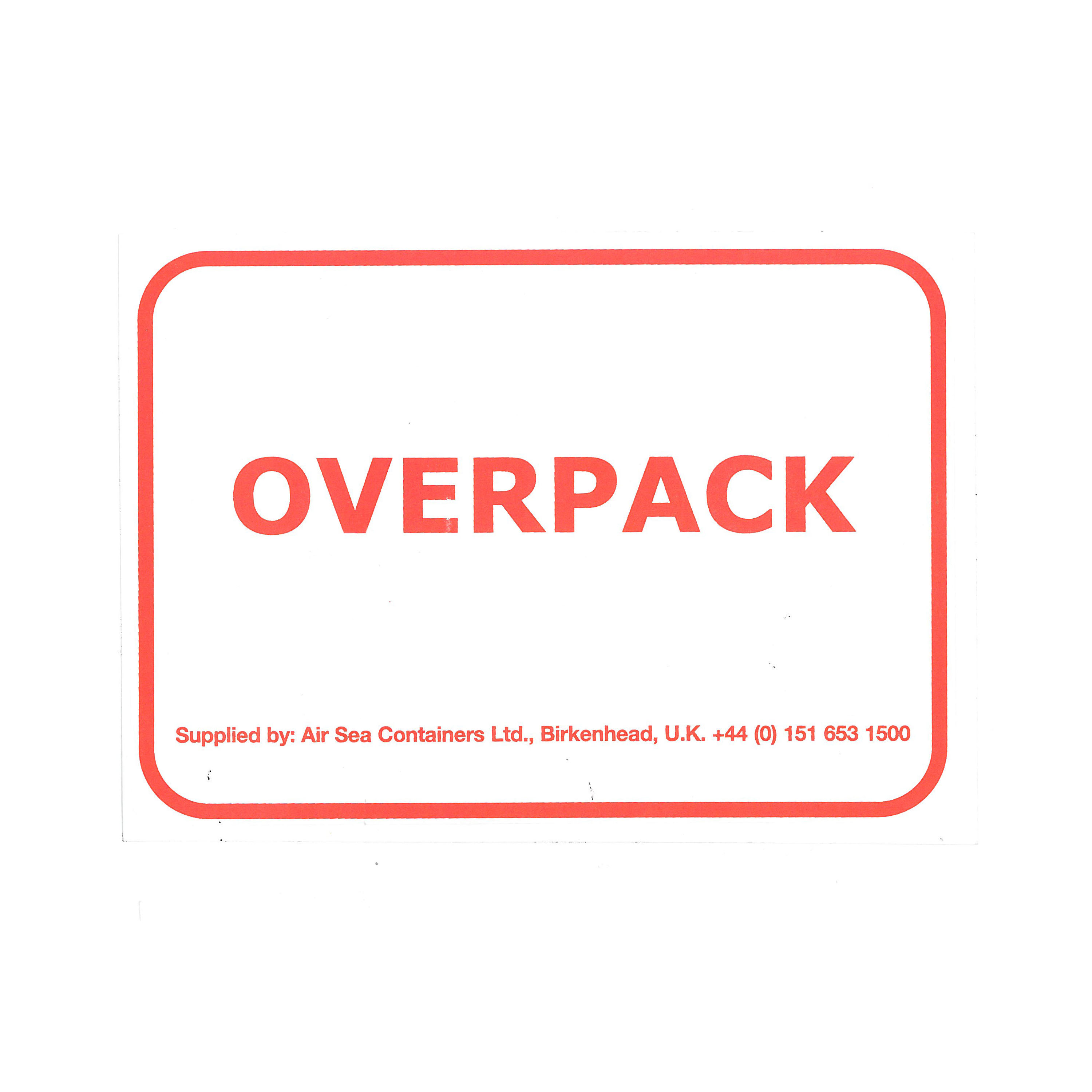When part of your supply chain relies on handling and shipping hazardous materials, immense importance should be placed on understanding how to correctly categorize any said materials so that they can be handled safely by all parties involved.
The way that we do this is through accordance with the United Nations Globally Harmonized System for Hazard Communication. What this provides is the opportunity for a global standard that all countries can come to expect when dealing with hazardous materials regardless of geography or language spoken.
Classification of harmful substances
The UN classification of hazardous materials lists a number of dangerous goods types and assigns them a number corresponding to a UN classification.
An individual (sometimes a group of people or a business itself) with the position of consignor is responsible for shipping the goods and also for denoting what classification of dangerous goods an item corresponds to. This information is displayed on packaging through the use of labels and placards of what are called pictograms, as well as dangerous goods notes. These make it easier to identify what is being shipped and displays necessary information of potential hazards from the goods inside.
Hazardous goods classes
The following list shows the UN classification codes for different hazardous substances. This list may also be commonly known as a UN hazard code list.
They are presented with their dangerous goods category name along with their UN class number.
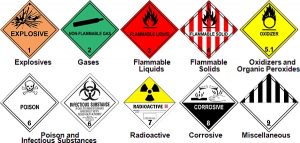
Explosives – UN Class 1 – division 1.1-1.6
There are six divisions within explosives that a substance or mixture of substances may be categorized as, dependent on the level of hazard for the explosive or pyrotechnic substance(s).
Explosive substances can be solid or liquid, and are themselves capable of producing gas through a chemical reaction that may cause damage to their surroundings. Pyrotechnic substances may emit a combination of gas, smoke, sound, light, or heat.
Examples include igniters, flares, ammunition, and fireworks.
Gases – UN Class 2 – division 2.1-2.3
Gases packaged may be flammable gases, aerosols, oxidizing gases, or chemicals/gases under pressure, and each have their own distinct defining criteria and UN classification within class 2 hazardous materials and the United Nations Globally Harmonised System of Classification and Labelling of Chemicals (GHS).
Examples include natural gas, fire extinguishers, and propane.
Flammable liquids – UN Class 3
Flammable liquids are liquids with a flash point (lowest temperature required to induce ignition) of between 23 degrees Celsius and 93 degrees Celsius.
There are four categories that liquids can be categorized as within flammable liquids depending on their flash point and initial boiling point.
Examples include paints, fuels, acetone, and alcohol.
Flammable solids – UN Class 4 – divisions 4.1-4.3
Flammable, or readily combustible, solids are substances that may be powdered, granular or have a paste like texture, and may ignite or contribute to fire when brought into contact with a source of ignition or friction, which can be commonplace during transport.
This category also includes spontaneously combustible solids and items that are dangerous when wet through the generation of flammable gases that can self-ignite through the heat produced during the reaction.
Examples include sulfur, matches, metal powders, and activated carbon.
Oxidizing substances – UN Class 5, divisions 5.1-5.2
Class 5 dangerous goods fall under either UN Class 5.1 for oxidizing agents or 5.2 for organic peroxides. These are goods with a very high oxygen content that makes them extremely dangerous as they are either liable to combust individually or contribute to the combustion of other flammable or combustible items by producing oxygen, and both can be difficult to extinguish.
Examples include hydrogen peroxide and nitrates (sodium, lead, ammonium).
Toxic and Infectious Substances – UN Class 6 – divisions 6.1-6.2
Toxic and infectious substances are substances that can cause harm, or even death, to an organism if inhaled or made contact with. They may also contain infectious pathogens such as bacteria or parasites.
Examples include medical waste, clinical waste, and acids.
Radioactive Material – UN Class 7
Radionuclides (what are present in radioactive materials) are atoms that are unstable and undergo radioactive decay to achieve stability, through which ionising radiation is emitted. Ionising radiation is incredibly dangerous and can cause biological or chemical changes to organisms such as the human body.
Examples include yellowcake, depleted uranium, and medical isotopes.
Corrosives – UN Class 8
Corrosive substances are chemicals that can be harmful to organic or metal materials. Upon contact with a viable material or tissue, corrosive substances will experience an immediate chemical reaction that will cause the material or tissue to deteriorate by dissolving it.
Examples include batteries, acid solutions, and flux.
Miscellaneous dangerous goods – UN Class 9
Class 9 dangerous goods are any hazardous materials that do not fall into any of the first eight UN classification categories but still need to be classified into a UN Class as they can present danger.
Some of the most common examples of UN Class 9 dangerous goods that are shipped include asbestos, GMOs, vehicles (and engines), and dry ice.
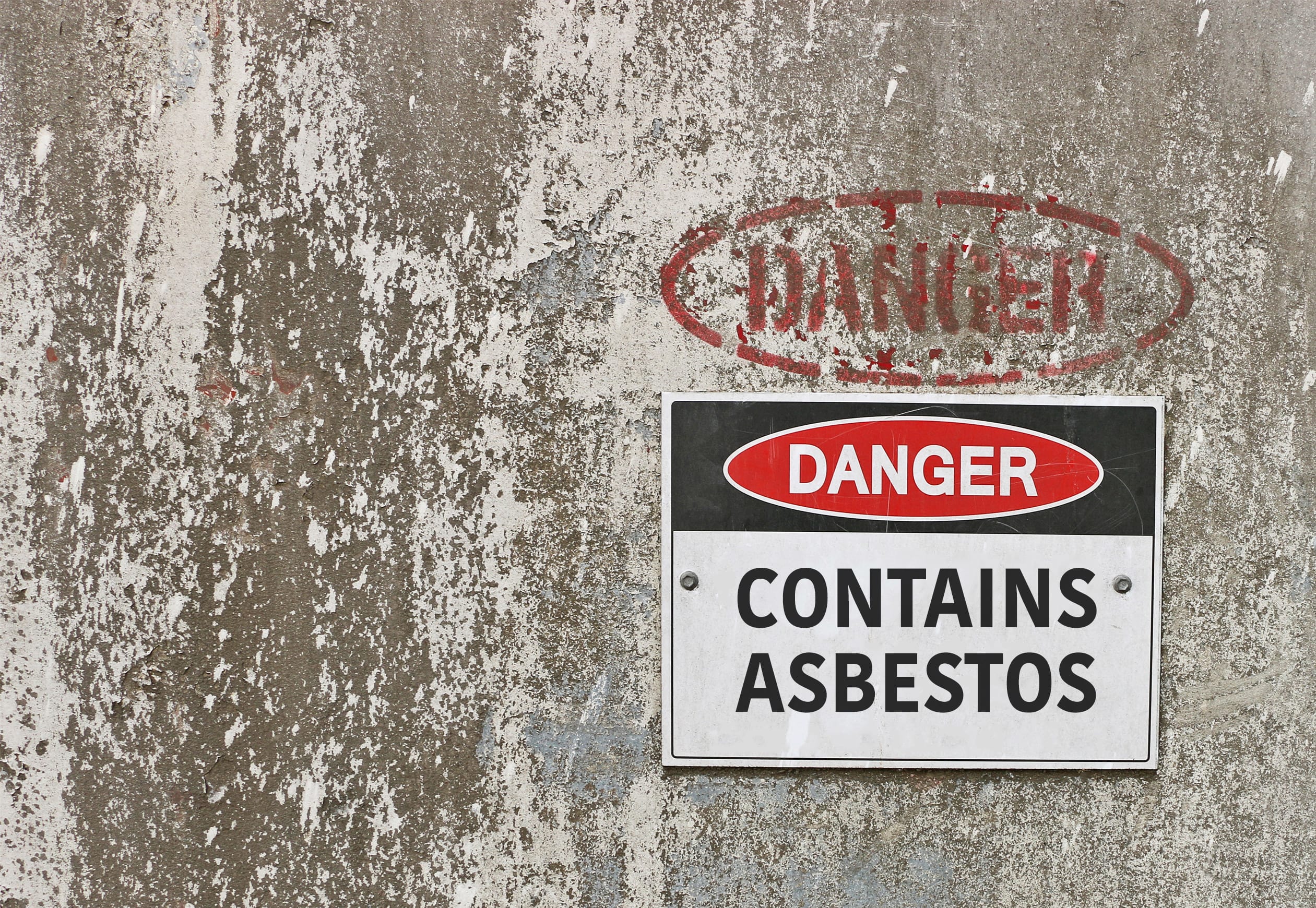
UN numbers and proper shipping names
After any type of hazardous item has been given a UN Classification, it is assigned a UN number. This number is used as a way to easily identify what item is being shipped.
If you are shipping goods that are covered by the UN Model Regulations, then you should make the UN number easily visible on the outside of the packaging. When doing so, you will also need to state the UN proper shipping name (UN PSN) after the UN number, such as ‘UN 1090 ACETONE’ or ‘UN 1263 PAINT’.
The PSN is the name that is recognized by the UN Model Regulations, despite an item potentially having different names in different countries.
Shipping labels to avoid
When shipping hazardous materials, it is important to make your labels clear and consistent with UN Model Regulations so that any potential hazards when handling the items are easily identifiable.
To this end, there should be no elements of the packing that contradict the hazard classification of the goods inside. This includes statements such as ‘non-harmful’ or ‘eco’, even if these statements form part of your trade name.
Talk to dangerous goods shipping experts
At Air Sea USA, we have over 40 years of experience working with dangerous goods packaging and regulations. For more information on the UN number list and what packaging you need for your business, then get in touch with us through our contact form and we will respond to you as soon as possible.
 US
US

